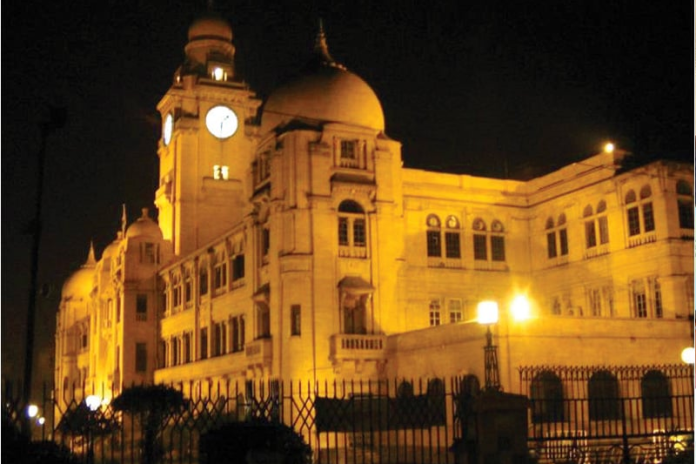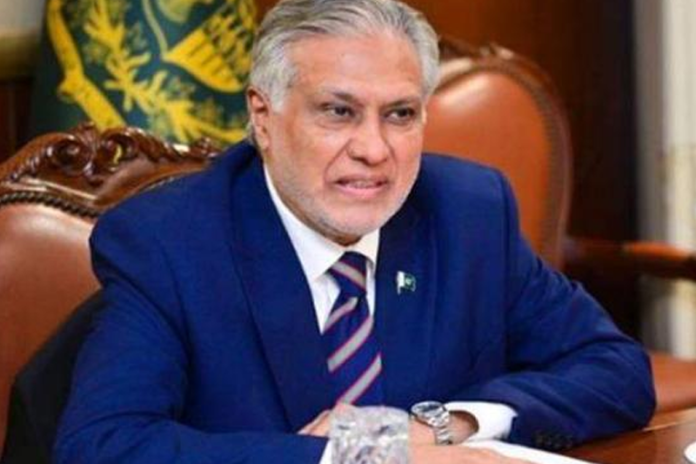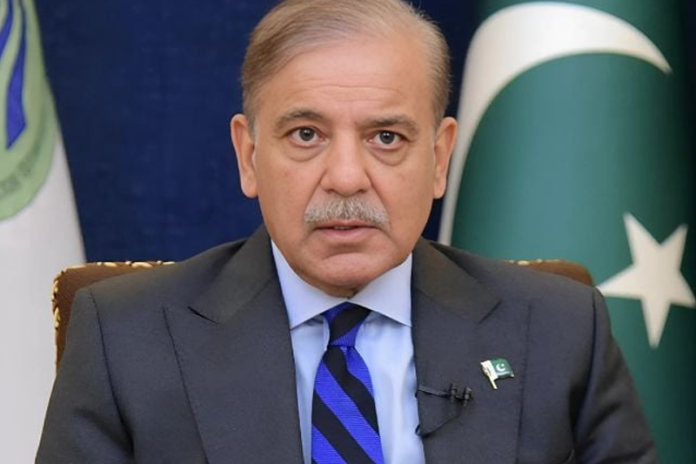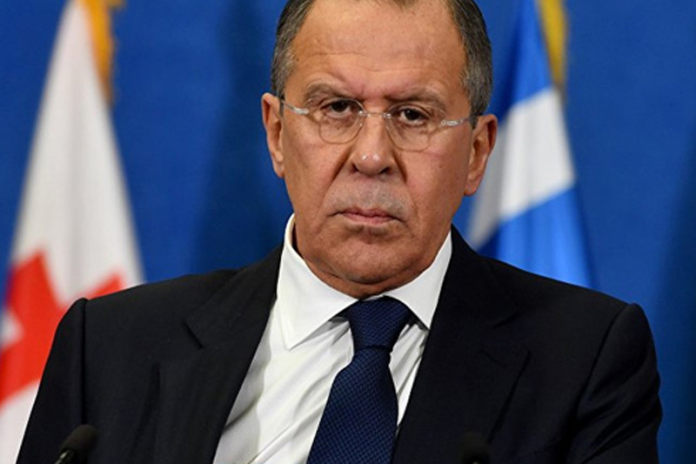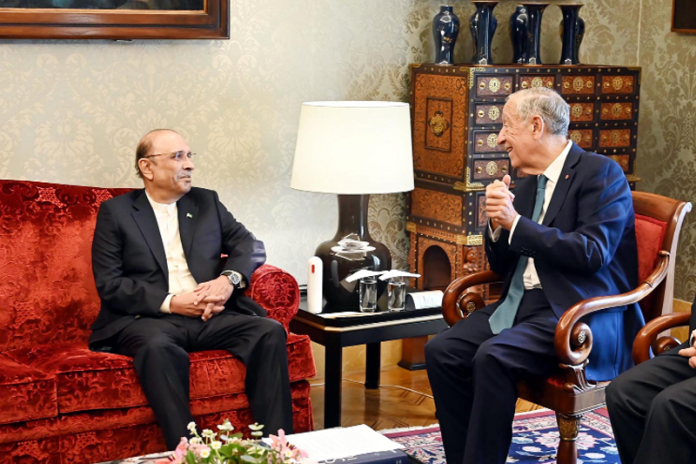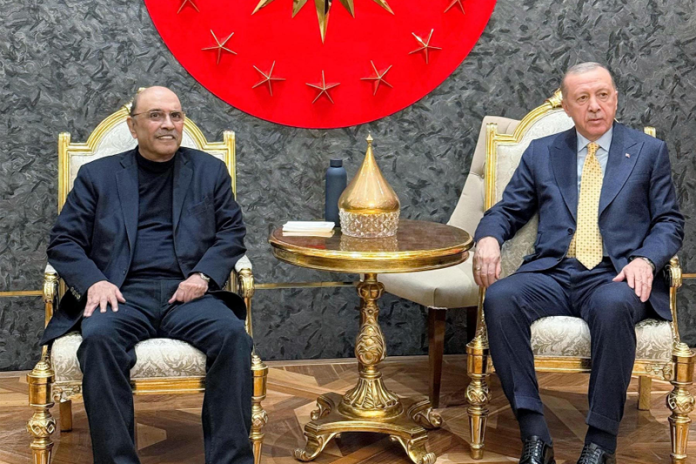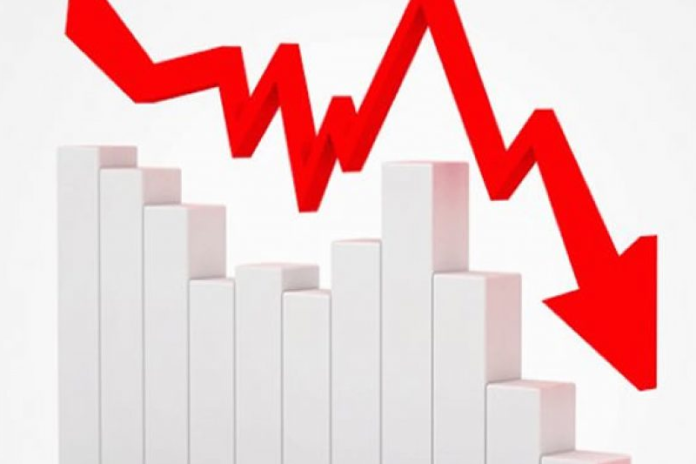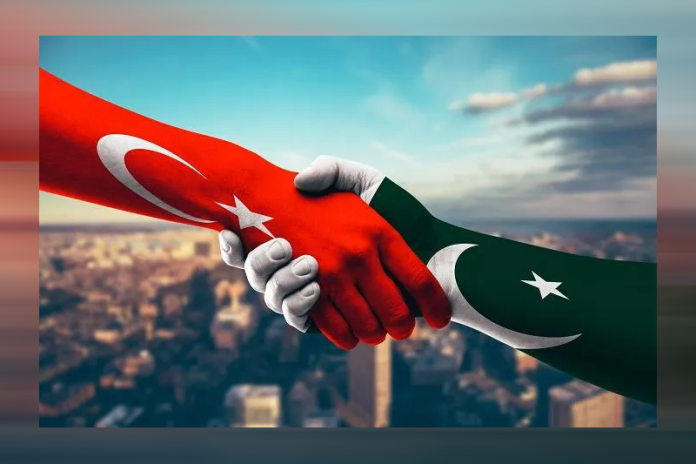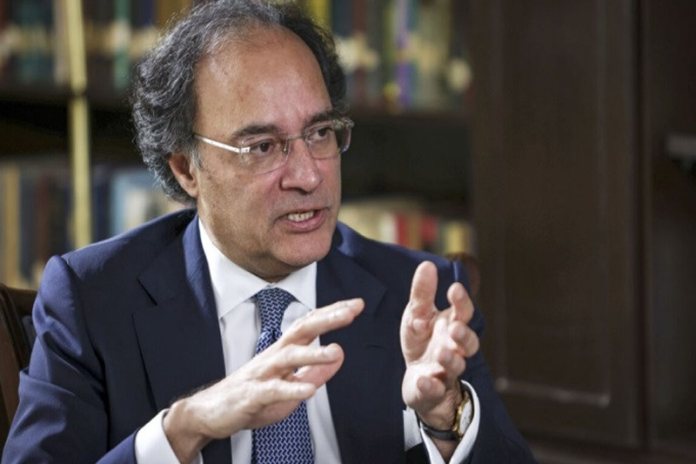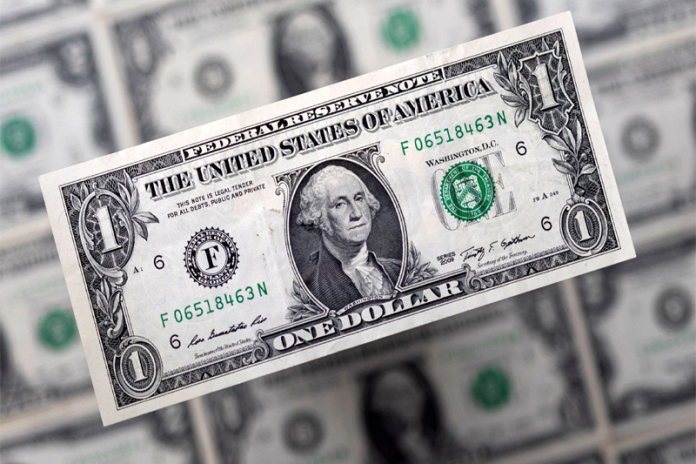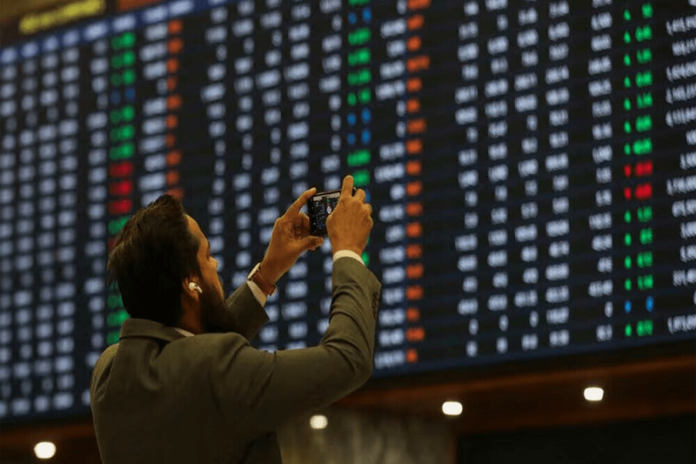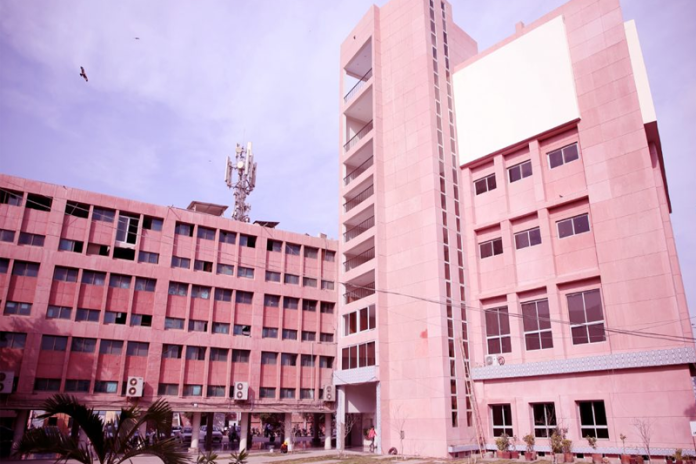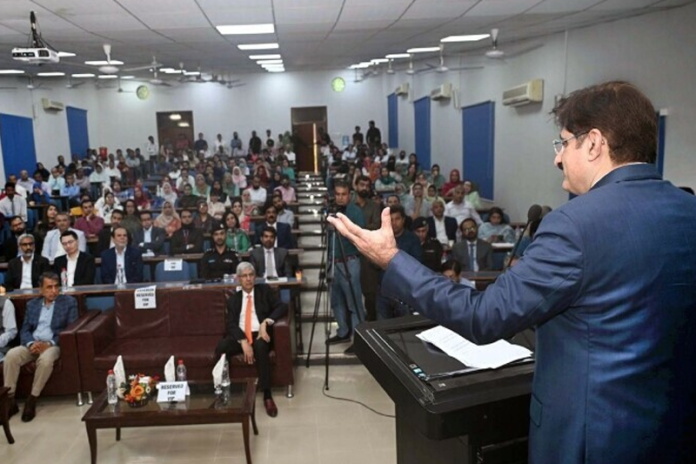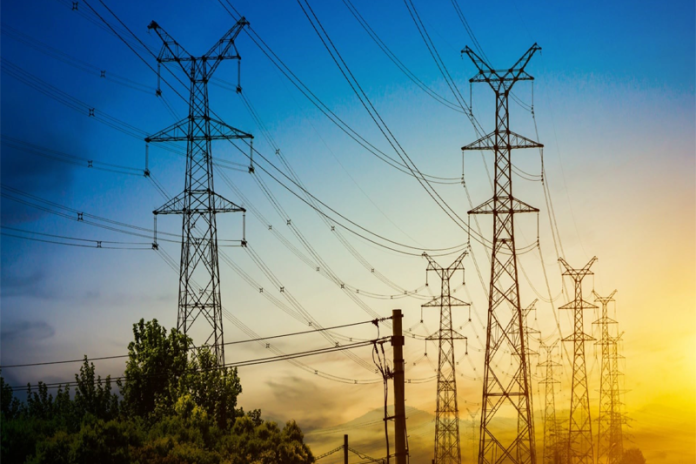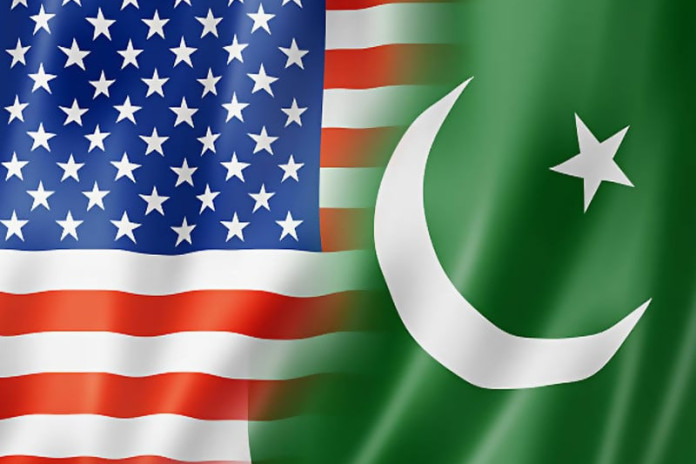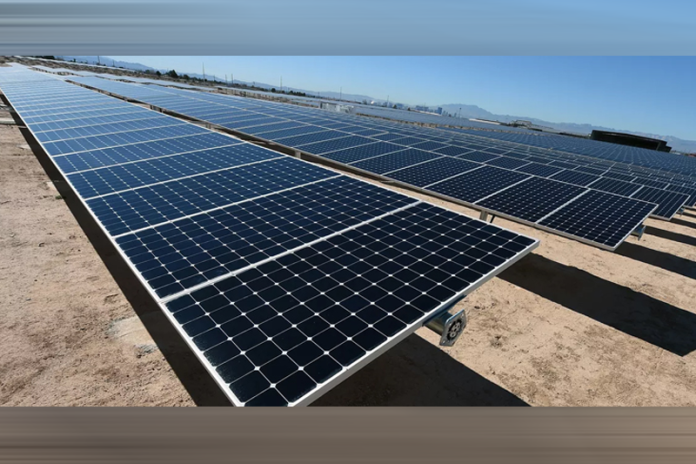Much more needs to done

- 436
- 0
When the Pakistan Tehreek-e-Insaf government came to power in 2018, the amount of foreign debt owed to the country was 28 thousand billion rupees, and at the time of its termination it was 45 thousand billion rupees which shows a massive increase in foreign debts. In fact, it was the biggest increase ever in our foreign debts as compared to previous regimes. In fact, PTI was claiming to be against foreign loans but at the same time, it was accumulating more and more debts. The burden of debt increased by a whopping 100% during the IK’s government and the debt which was 25 trillion in 2018, rose to a daunting 49 trillion in just three years.
After PTI’s government, the process of debt has slowed down, but even then its value has exceeded 64 thousand billion rupees. In this regard, the Ministry of Finance has issued a very alarming report on the increase in domestic and foreign debt on Wednesday, according to which the amount of debt owed to the country, which was showing an increase of 36.9 percent in June 2022, this year. This rate has reached 38.23% in the month. This is the highest level in history and according to the serious situation that the country is facing economically, the volume of loans is likely to increase at an even higher rate in the coming days. which is more than the gross national product. On the other hand, due to severe recession, the ability of commercial banks to lend to the government is getting weaker. 25 billion dollars are required to pay off the interest-bearing installments of the loans. Although the government is ensuring continuous payment of the loans, according to sources, the government has not received any major revenue either internally or externally since last July. Funds received from Saudi Arabia and the United Arab Emirates, including one billion 20 million from the IMF, have increased the foreign exchange reserves from $4.4 billion to $8.15 billion. The governments inherited and the debts of the country continued to increase. Last year's heavy rains and devastating floods exacerbated economic problems, and the international community was unable to fulfill its commitments. In 2019, without even thinking about debt relief, the PTI government went to the IMF. announced the bailout package of seven billion dollars to the nation. Later, to continue it, the PDM government had to put inflation beyond the reach of the common man, but the economy was saved from bankruptcy and the government circles rejoiced at this success. According to the estimations of economists, every person of the population of 25 crores owes two and a half lakh rupees and if we talk about prosperity, then it is possible that the country does not owe a single penny of debt. At this time, the fear is being expressed that the country's ability to repay the debts owed to it is being affected. The way the country is surrounded by economic problems, the social sector is being badly affected. Food, education, health and The distance from employment is leading to the increase in the anxiety of the common man. The key institutions of the country, realizing this strongly, established the Special Investment Facilitation Council four months ago, which has created a framework. In the light of this, successful efforts have been made in recent times to curb smuggling, hoarding and the rapidly growing economic crimes. Apart from this healthy initiative, much more needs to be done. At present, only 33% of the tax-paying class is paying taxes, which is the first condition to eliminate corruption to reach the desired target.
The IMF will review Pakistan's economy again in November this year and February next year, so performance has to be shown before that. Borrowing from foreign countries or institutions is not a good economic measure for countries, but according to the IMF, as a result of poor economic policies of the previous government, its program failed, Pakistan's debts increased, foreign exchange reserves decreased and inflation increased. The pressure has increased, so the current government had to take more loans.
Analysts say that the economic indicators have improved with the support of friendly countries, but yet one is not sure about the future outcome.
One hopes that Pakistan will move forward with the hard work and struggle of the youth. On the other hand, some financial gurus say that Pakistan is now in a safe place economically.
If so, then it is a cause of great reassurance for the nation. Of course, the IMF's stand-by loan agreement stabilized Pakistan's stock market and stabilized the depreciating rupee, but until political stability comes to the country, nothing can be said for sure about what will happen tomorrow. The burden of debts on the country has increased so much that they have to take loans to pay the interest.
The entire nation prays to Allah for the stability of Pakistan and the restoration of the country's economy.
We are in vicious cycle of debts. Of the debts owed to Pakistan, China's debt alone is worth more than 36 billion dollars. In contrast, the IMF's debt is 7 billion 800 million dollars, but this institution is repeatedly rubbing its nose with Pakistan to give more loans. Before signing the Staff Level Agreement, it demanded tax hikes from Pakistan, hikes in petrol and electricity prices and interest rates. It is the result of this strict conditions that the inflation in Pakistan has crossed all the limits of history and the people are crying out. Due to Pakistan failure to keep up past promises, the IMF is constantly putting pressure on Pakistan and its conditions.
The government should make an effective policy especially regarding foreign debt and take effective measures to put the economy back on its feet through austerity policies with the help of friendly countries.
Right now, the situation is such that not only the government but also the people have to think more about living within their means.
Published in The Daily National Courier, October, 09 2023
Like Business on Facebook, follow @DailyNCourier on Twitter to stay informed and join in the conversation.


